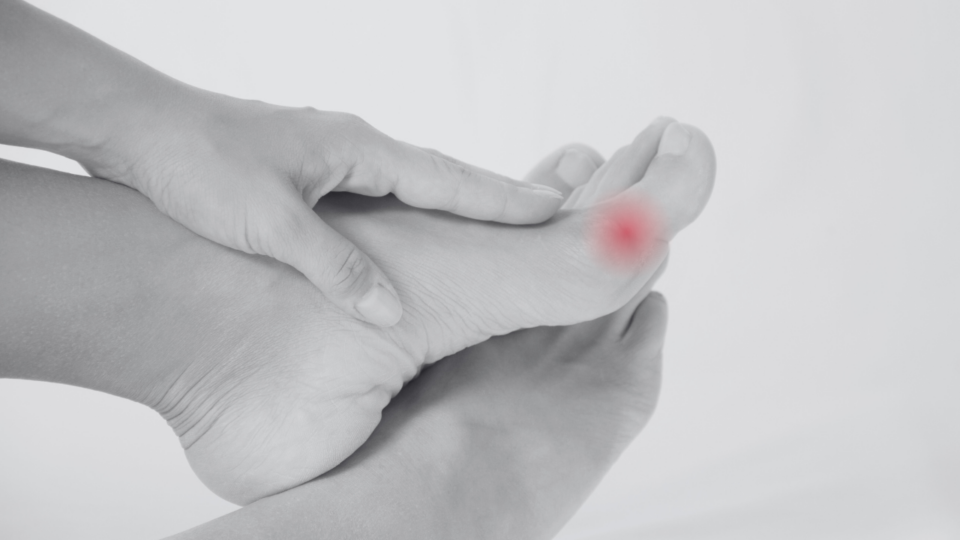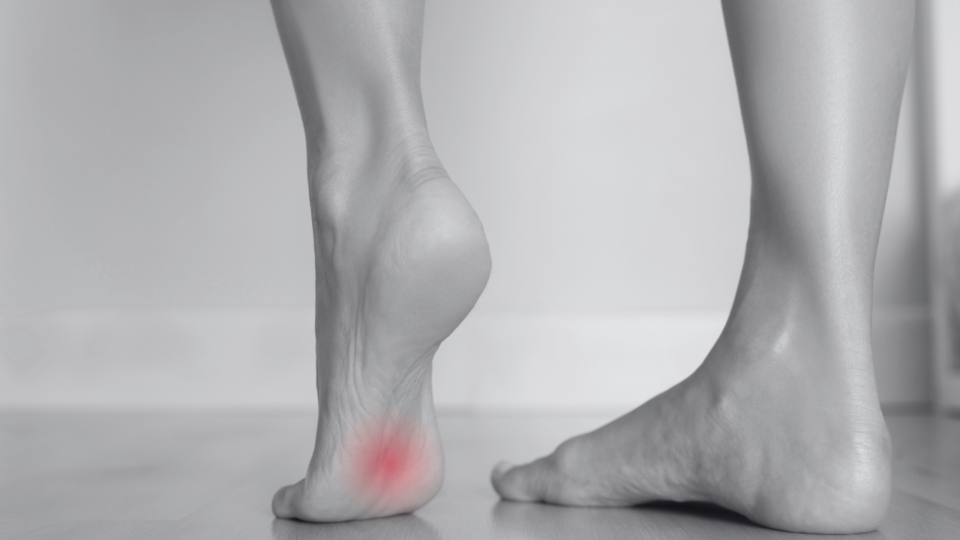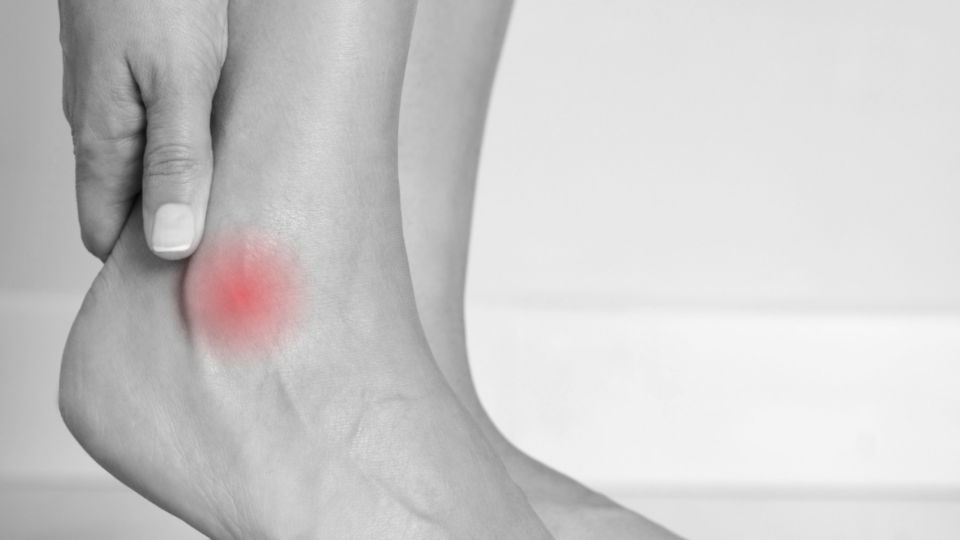Hallux rigidus, which means "stiff big toe," is a form of osteoarthritis in the joint at the base of the big toe that causes stiffness and pain. About 1 in 40 people over 50 are affected by hallux rigidus. In most cases, it is a natural consequence of aging but can also result from an injury. Wearing shoes with good stability and cushioning, combined with an orthopedic insole, can help relieve the symptoms of hallux rigidus.

What is Hallux Rigidus?
Hallux rigidus is a common form of osteoarthritis that affects the joint where the big toe meets the foot (the metatarsophalangeal joint). Osteoarthritis is a joint condition in which the quality of the protective cartilage in the joints has deteriorated, resulting in pain and reduced mobility in the affected joints. In hallux rigidus, the mobility of the big toe joint is affected, making the big toe stiff and difficult to bend upward, which impacts the ability to push off when walking and alters the walking pattern.
Symptoms of Hallux Rigidus
The most common symptoms of hallux rigidus include:
- Pain in the big toe
- Stiffness in the big toe
- Swelling around the big toe joint
- Inflammation
- Reduced mobility: it may be difficult to bend the toe upward
- Bump, lump, or callus on the top of the big toe
Certain factors can worsen the symptoms of hallux rigidus, such as:
- Standing or moving
- Being in cold and damp climates
- Wearing shoes that are too small or do not fit properly
Causes of Hallux Rigidus
As you age, your joints’ natural wear and tear can damage the cartilage that protects them. This wear and tear is usually what causes hallux rigidus. Other causes of hallux rigidus include:
- Excessive stress on the foot – which can lead to osteoarthritis in the big toe
- Trauma or impact to the toe – such as stubbing the big toe
- Sprain of the big toe
- Foot anatomy – if you have long bones in your feet and toes, the risk may increase
- Collapsed forefoot arch, which increases the stress on the big toe joint
- Misalignments, such as overpronation of the foot
Risk factors for developing Hallux rigidus:
Anyone can develop hallux rigidus, but it is more common in:
- People over 50
- Women
- Athletes
- People who stand a lot
- People with certain health conditions, such as rheumatoid arthritis, gout, autoimmune diseases, and osteochondritis dissecans



